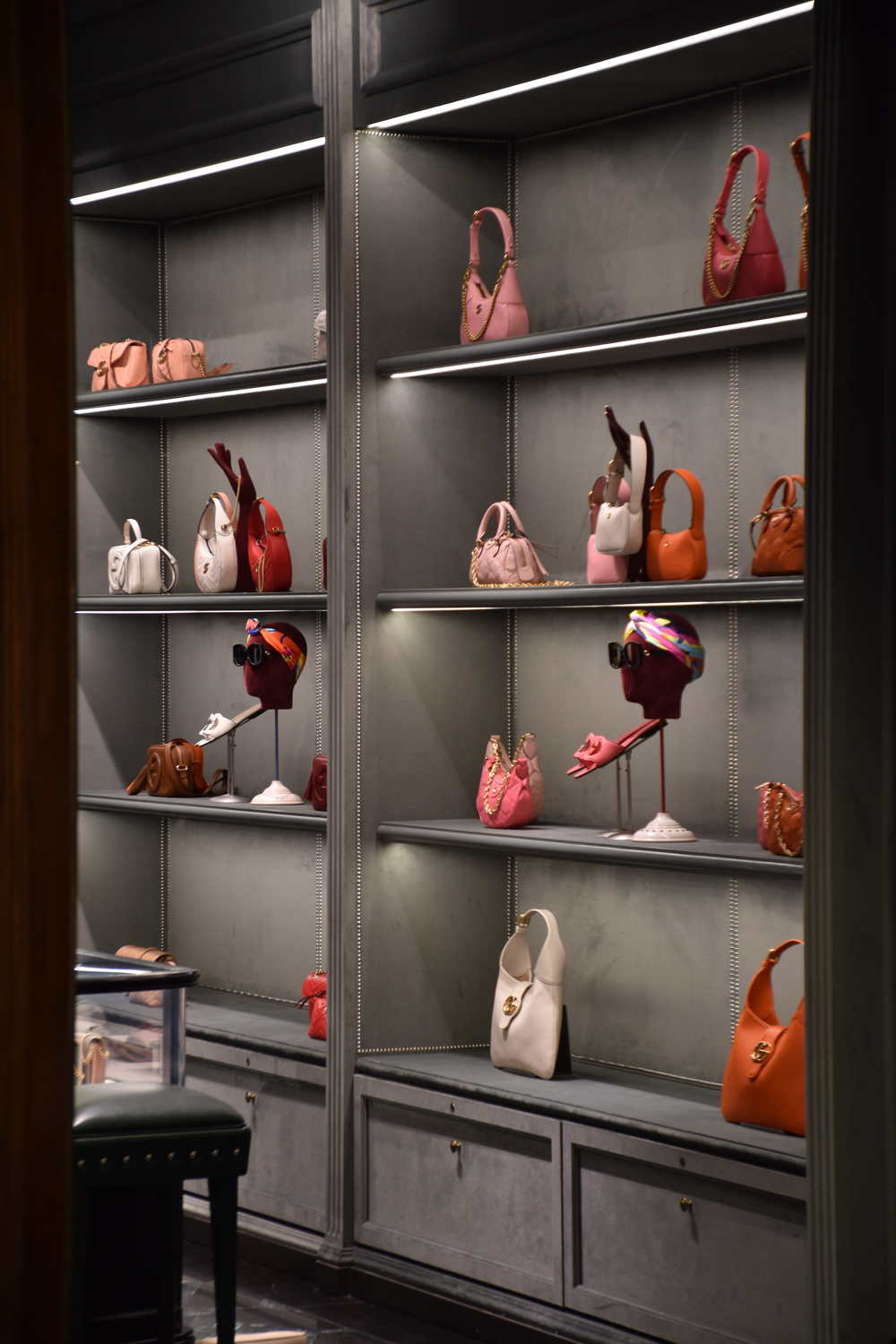
Why Biodiversity Is The Main Character Of Fashion And Not Us
Fashion is now a vedette on a runway of carbon dioxide emissions and the water crisis. We, as constantly evolving human beings, are breathing fashion. We have made it a daily ritual to present ourselves as modern beings through our fashion choices. Fashion has such invisible powers –even the minutest fashion decision can have a colossal impact–, especially when it comes to biodiversity.
The apparel industry, like a fast-paced treadmill, is relentlessly contributing to the loss of biodiversity. Overconsumption, overproduction, and waste are the culprits of this wild fashion frenzy. We rely on biodiversity for our very existence –food, energy, water, air quality, soil–, you name it. But sadly, according to the 2022 COP15, the UN biodiversity conference, and the World Economic Forum, we’re facing an impending ecosystem collapse. A million species of plants and animals are on the verge of extinction. This is a real fashion emergency.
In these dire circumstances, sustainability has been of paramount importance to consumers, investors, and policymakers. Sustainability is not just a trend; it’s the beating heart of innovation in our modern world. Saving the planet is the ultimate fashion statement. Now, let us make sustainability the chicest fashion trend on the runway of life.

AGGRESSIVE ACTIONS TOWARDS SUSTAINABILITY ARE NECESSARY OR IT IS TOO LATE?
Small or big, a fashion revolution is in the making. The fashion giants themselves, Kering, Burberry, H&M, and Inditex (Zara), are all on board with this biodiversity movement. Notably, Kering is taking it to the next level. They’re inviting luxury fashion and beauty companies, starting with L’Occitane Group, to join their exclusive club called the Climate for Nature Fund. It’s not your ordinary club; it’s an investment platform with an extraordinary goal of mobilizing €300 million (approximately $320 million) to finance projects that concentrate on restoring nature and empowering communities. Yes, we are saving the planet in style. Furthermore, LVMH, the fashion powerhouse, is teaming up with UNESCO and unveiling their grand plan to bring back the green in the Amazon. They have participated in forces with the non-profit organization Reforest’Action to restore forest cover in the Amazon rainforest.
RAW MATERIAL SOURCING IS THE KEY IMPACT
In the wild world of fashion, the hunt for raw materials can wreak havoc on biodiversity. Let’s take leather and viscose, for example. The demand for these materials has led to deforestation, causing a grave loss of biodiversity. Not to mention, a tornado of soil erosion is animal fiber and cotton cultivation. Also, chemicals used in the fashion industry can pollute the local air and water supplies. It’s looking like a bad chemistry experiment has gone haywire. Speaking of microfiber pollution, those tiny fabric particles from synthetic clothes are everywhere on our planet, especially when it comes to disposal and treatment. Maybe we would think fashion brands would know the ins and outs of their raw materials. However, many of them are as clueless as a fashionista in a hardware store. Reported by Textile Exchange, only a measly 34% of companies have “high transparency” about where their key materials are derived from. It’s prime time for companies to put on their eco-responsible goggles and begin taking responsibility for the impact they have on our ecosystems.

FASHION SHOULD BE FABULOUS, NOT A THREAT
Many experts have agreed that new natural resources are to be avoided. Instead, the secret to sustainability success is circularity, a never-ending fashion loop that keeps on giving and protecting biodiversity. In this fashion saga, each fashion player speaks the same voice collectively for the industry, which explains the birth of The Science Based Targets Network. They’re here to help companies set nature-based targets aligned with the Paris Agreement.
None other than Gucci-owner Kering, showing us that they are not just about fabulous fashion but also about being responsible stewards of the environment. Kering is expanding their pilot efforts, focusing on their own supply chain impacts on soil health and wildlife habitats. It’s like Gucci giving Mother Nature a big fashionable hug!
THE FUTURE OF FASHION IS NOT ABOUT THE BRAND BUT INDUSTRY LEVEL
Our mutual mission is to biodiverse the future of fashion in style. In this fashion game, circularity is the name of the game. It’s fashion meets eco-warrior, and it’s a lifelong trend we can all get behind. Together, we will empower the runway of sustainability and show the world that fashion can artfully regenerate to end biodiversity loss with grace.
.
Words:
Lillian Hue X. Ly
Luxiders Magazine Contributor
Image Highlight:
© Unsplash







